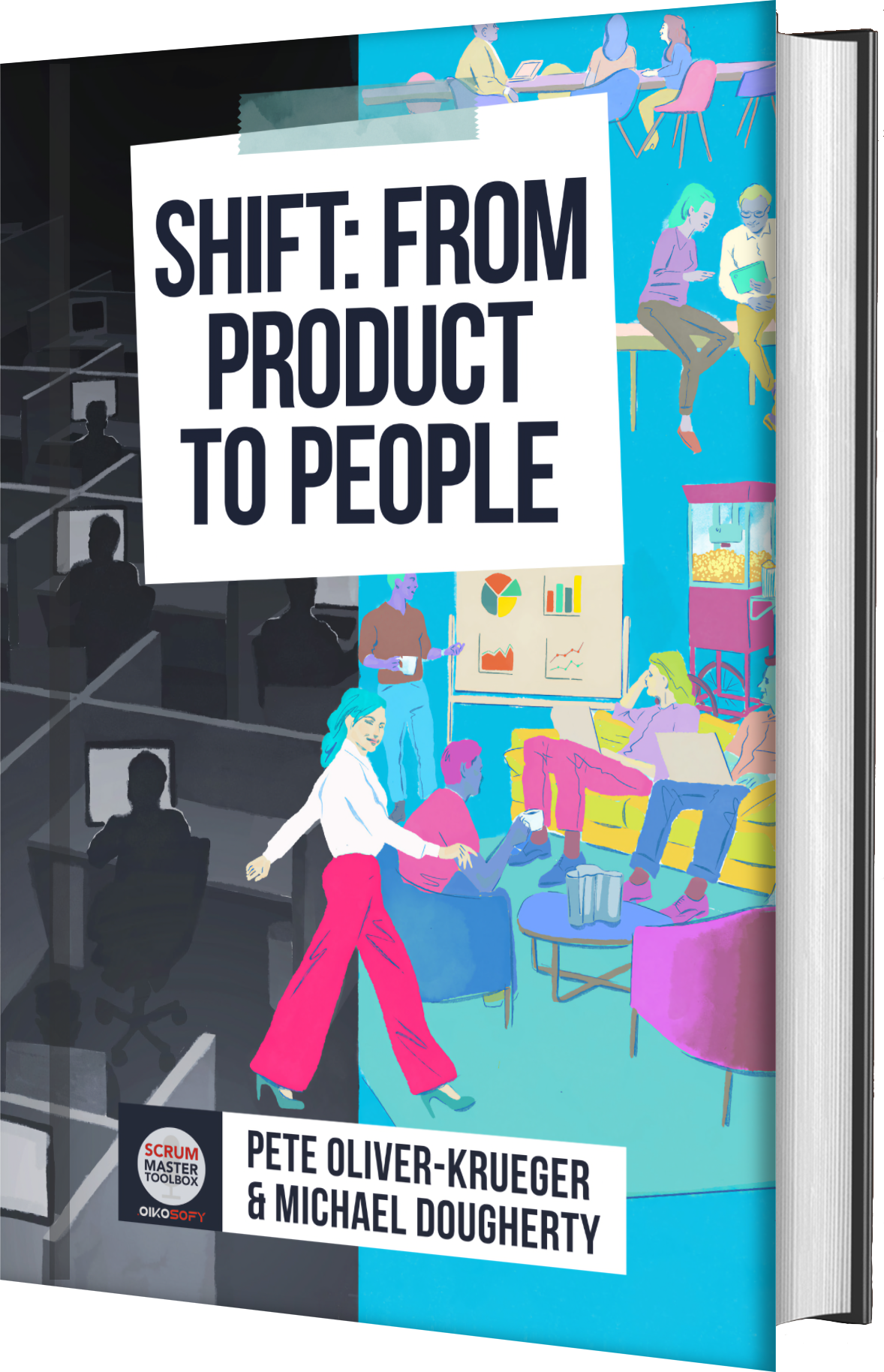top of page
The Book /
Previews
Each week we share an excerpt from the book, explain why we included it in the book, and help you uncover something that you might be missing in your organization.


Chapter 4: Learning Emotional Intelligence
How do we know if someone is holding back? Emotional Intelligence. We have to listen to both their words and their emotions. It’s not that people are intentionally lying. There are many good reasons why people might hold back information.
To help with this, chapter 4 also introduces our second piece of instruction, the Emotional Reaction Scale, another people-centered technique from Usability Testing.

Pete OK
Aug 47 min read


Chapter 3: The 3 Types of Usability Testing
While our book is a novel, we also wanted it to be a reference. Our first instruction arrives in chapter 3. Clyde is learning how to run usability tests.
The team is chasing down a problem where there was a new release, and now users are leaving the app in droves. They must figure out why!
The biggest dangers in any project are the unknown unknowns, which is what usability testing is for! It gets us into the heads of our users, but there are important, specific rules that w

Pete OK
Jul 289 min read


Tim: Crash and Burn
Michael and I wanted an early example of breaking the rules for good reasons, but in a way that then causes the next crisis.
"Every choice has tradeoffs." But solving one problem always causes new problems or makes other problems worse. Which things are okay to make worse, and which changes are causing our troubles?
As Angela advises in the book, if we’ve never done the exercise “by the book”, we should do that first so we can experience the difference.

Pete OK
Jul 215 min read


Naomi: "Disrupted"
What strategy did we use to keep our book realistic? The Enneagram. Heard of it?
We wanted our book to be true to life so we based every character on one of the 9 Enneagram personality types. Then we chose real people from our pasts and asked ourselves, "What would they do/say?"
Then we layered multiple people and similar situations together to intentionally protect the innocent. So while everything in the book did happen, "any resemblance to actual persons or events is pu

Pete OK
Jul 147 min read






bottom of page
